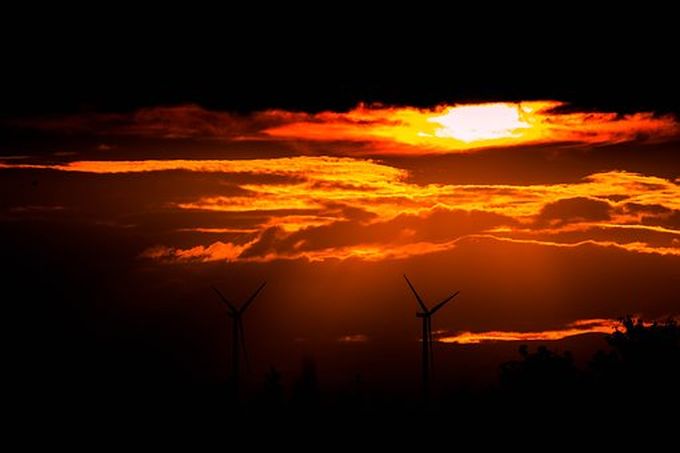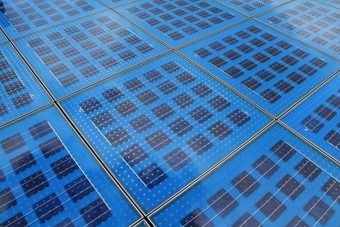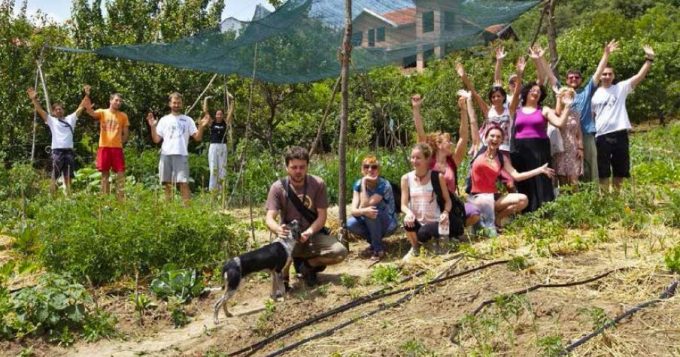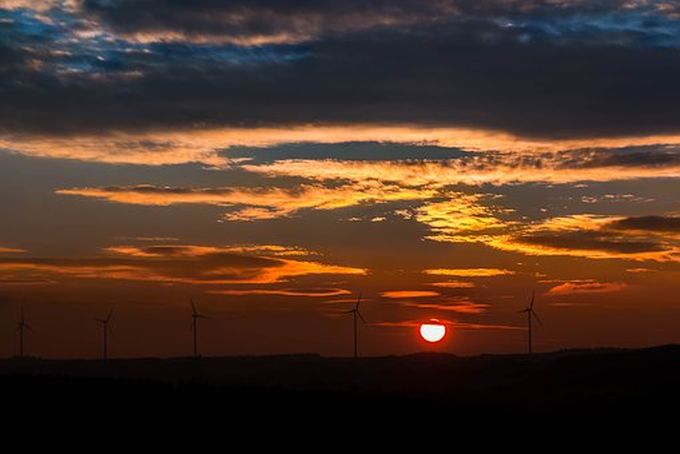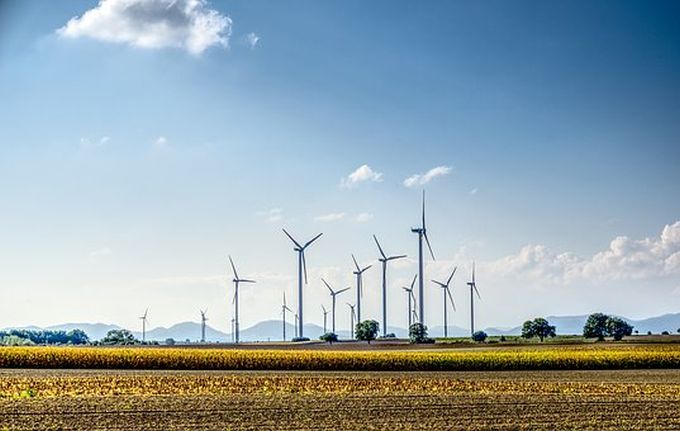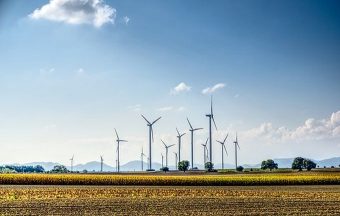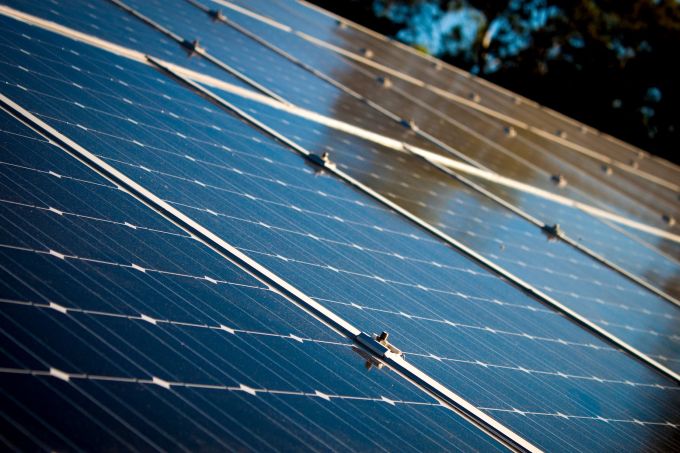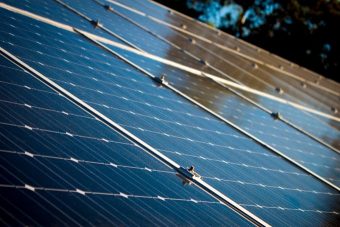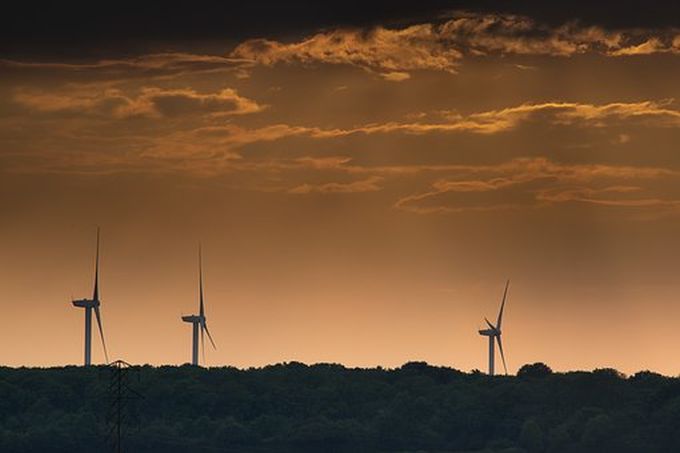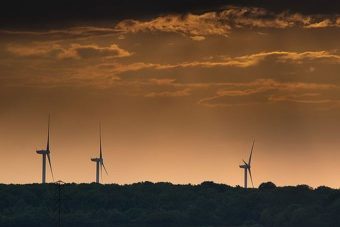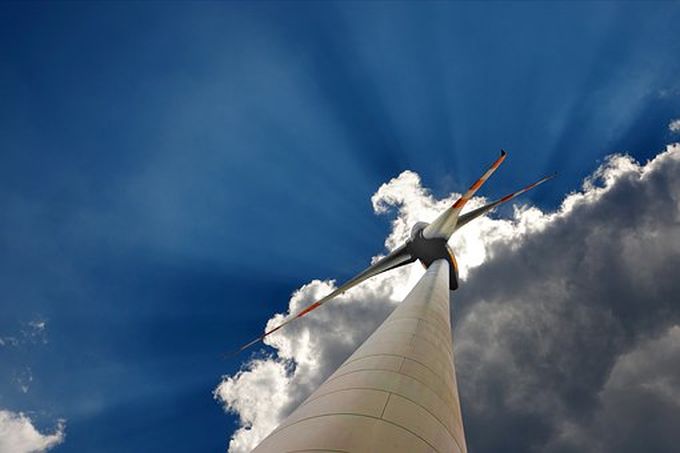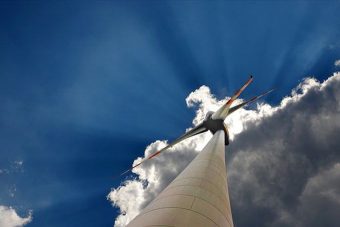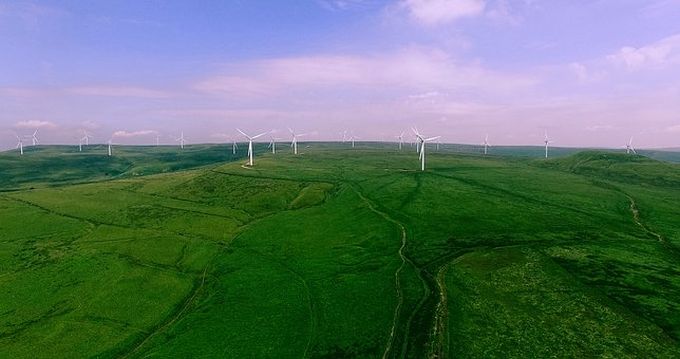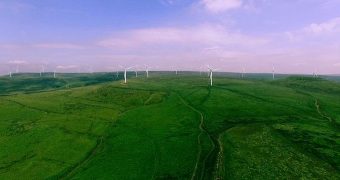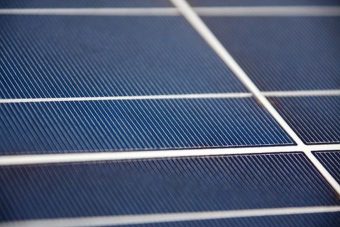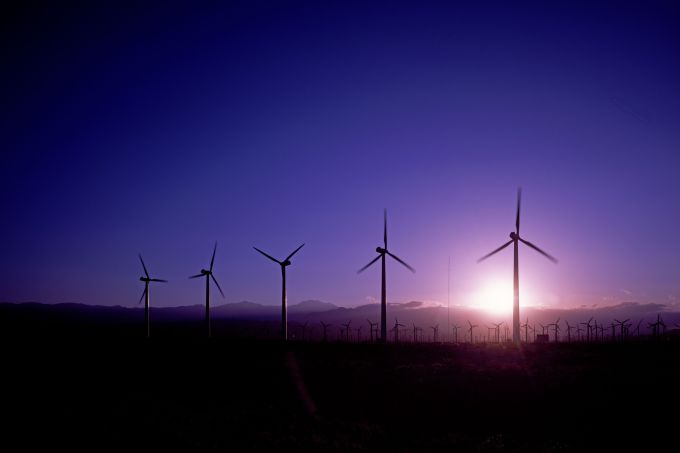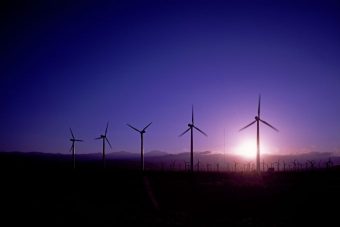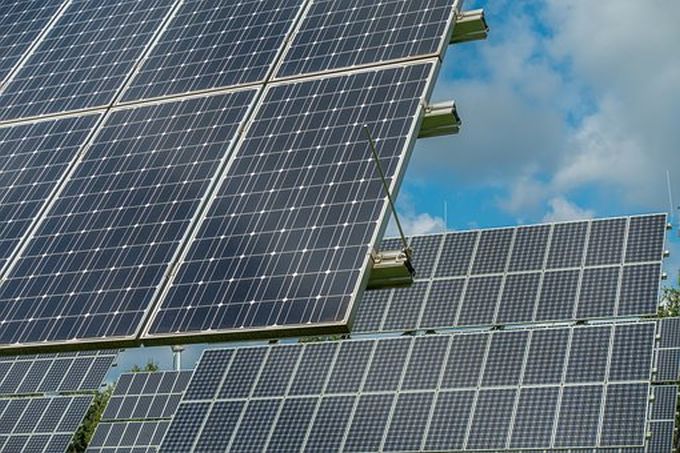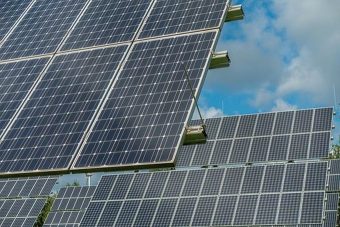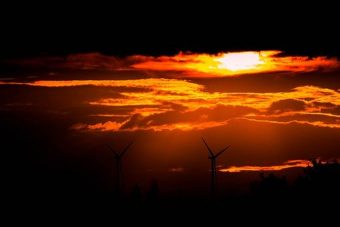
Bloomberg New Energy Finance has predicted that Mexico’s recent reforms to the corporate power market and the introduction of clean energy certificates will result in an addition 24 terawatt-hours of clean energy by 2022.
Writing on Monday, Bloomberg New Energy Finance (BNEF) highlighted Mexico’s impending increase in clean energy, referring to its 1H 2018 Corporate Energy Market Outlook published in January. Specifically, Bloomberg highlighted Mexico’s new clean energy certificates (CEL) which will serve as the country’s primary mechanism by which it seeks to achieve its goal of securing 35% clean energy generation by 2024. Set to begin this year, a 5% CEL mandate relative to power consumption will be imposed for 2018, increasing to 13.9% by 2022.
According to BNEF, HSBC Holdings, Anheuser-Busch InBev SA/NV, and Deacero SA de CV have all already signed Power Purchase Agreements in Mexico for 272 megawatts (MW) worth of clean energy, giving them a good lead on meeting their sustainability goals in Mexico.
Additionally, Mexico’s three clean energy auctions have already resulted in the sale of 5.4 million CELs for delivery starting this year, 9.3 million for 2019, and 5.9 million for 2020. The growing demand for CELs will also continue as companies seek both to meet new government regulations as well as increase their own sustainability goals.
The country’s first clean energy auction awarded 1,720 MW worth of wind and solar energy in early 2016, which was followed by an even more impressive 2,871 MW of new capacity awarded in the second clean energy auction. In the third auction late last year, Mexico awarded a still healthy 593 MW worth of wind projects, including a record low $17.7 per-megawatt-hour onshore wind project awarded to Enel.
Mexico is also being highlighted as one of the next big renewable energy markets and in November of last year, GTM Research identified Mexico as one of five countries which will join the elite gigawatt-scale solar markets in 2018. Alongside its own internal growth, Mexico has also been playing a larger role in the global renewable energy market, highlighted most recently by being named the 30th International Energy Agency member country on February 17.
Source: cleantechnica.com


